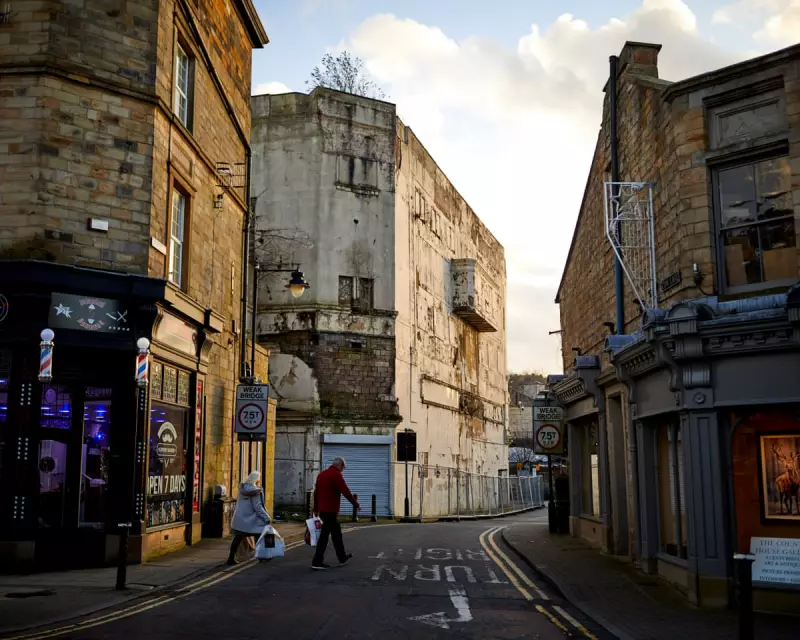
Britain is sitting on a public health timebomb that claims more lives each year than road accidents, yet remains largely invisible to the public eye. Asbestos, the once-ubiquitous building material, continues to haunt our schools, hospitals, offices, and homes, creating a silent epidemic with devastating consequences.
The Invisible Killer in Our Walls
Despite being banned over two decades ago, asbestos remains present in an estimated 1.5 million UK buildings. When disturbed during renovations or through deterioration, its microscopic fibres become airborne, posing a lethal threat to anyone who inhales them.
"We're facing a crisis that most people are completely unaware of," explains Professor Sarah Wilkinson, a respiratory health expert. "The latency period between exposure and developing mesothelioma - the aggressive cancer caused by asbestos - can be 30 to 40 years. The cases we're seeing now stem from exposures that happened decades ago."
Soaring Death Toll
Current statistics paint a grim picture:
- Over 5,000 annual deaths from asbestos-related diseases
- Mesothelioma mortality rates have increased tenfold since the 1970s
- Britain has the highest mesothelioma death rate in the world
- Construction workers, teachers, and maintenance staff at particular risk
Disturbingly, experts predict these numbers will continue rising until at least 2040, making this one of Britain's most significant public health challenges.
A Legacy of Lethal Construction
The scale of the problem reflects Britain's industrial history. During the post-war building boom, asbestos was celebrated as a "wonder material" for its fire resistance and durability. It was used in everything from insulation and ceiling tiles to pipe lagging and textured coatings.
"We built our modern Britain using this toxic substance," notes construction safety campaigner David Mercer. "Now we're living with the consequences, and the bill for proper removal and disposal runs into billions."
Who Bears the Risk?
While construction workers face the highest exposure risk, the danger extends far beyond building sites:
- School staff and children: An estimated 86% of schools contain asbestos
- NHS workers: Hospitals built before 2000 likely contain the material
- Homeowners: DIY enthusiasts risk exposure during renovations
- Office workers: Particularly in buildings constructed before 2000
The Call for Action
Health campaigners are demanding urgent government action, including:
- A national audit of asbestos in public buildings
- Stricter enforcement of existing regulations
- Proper funding for safe removal from schools and hospitals
- Enhanced training for construction and maintenance workers
- Greater public awareness of the risks
As one bereaved family member told us: "My father never knew he was breathing in poison at work. Now we're losing him to mesothelioma. This can't continue - we need proper action before more families suffer this heartbreak."
The clock is ticking on Britain's asbestos crisis. Without decisive action, thousands more families will face the devastating consequences of this hidden killer lurking in our built environment.





